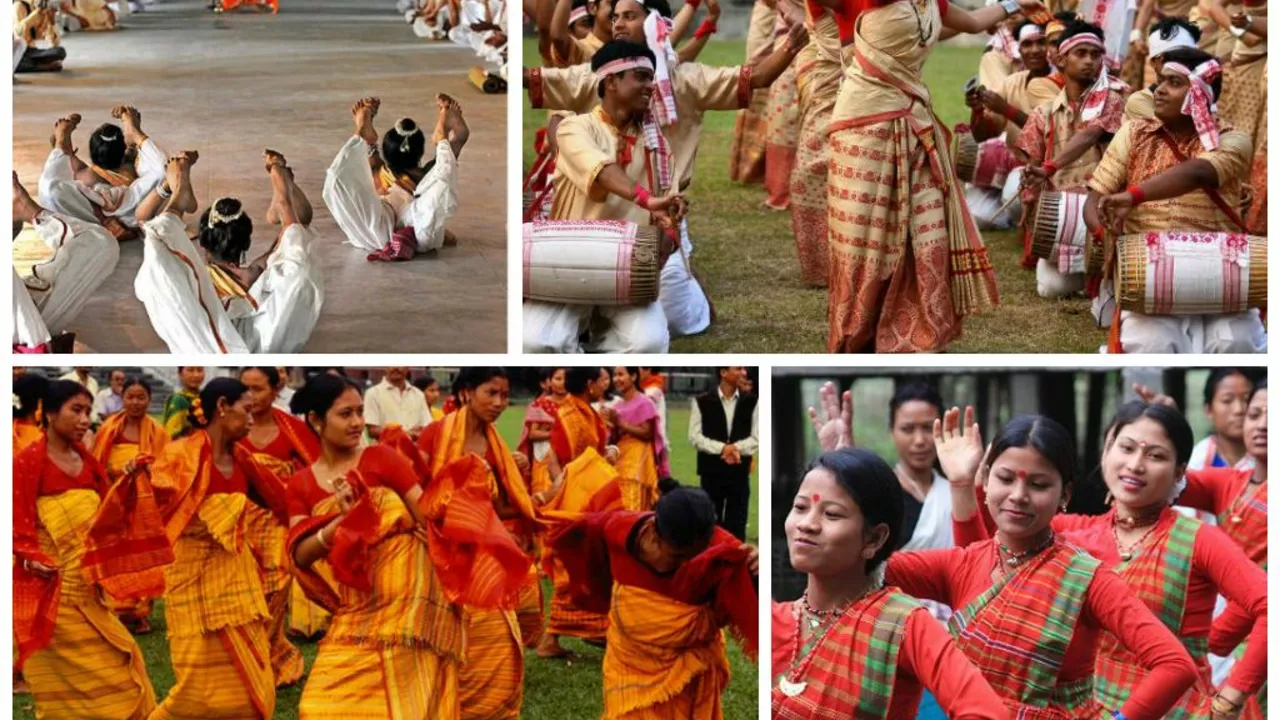Living in Spain as an Indian is a unique experience filled with rich culture, warm people, and delicious cuisine. The language barrier can be a challenge initially, but with time, one can learn and adapt to the Spanish dialect. The lifestyle is laid-back and family-oriented, which is quite similar to Indian culture. Spain's natural beauty and historic architecture adds to the appeal, but there can be instances of cultural shocks and occasional homesickness. Overall, it's an enlightening experience that broadens your perspective on life.
Cultural Differences: What They Look Like and How to Respect Them
Ever wonder why a simple handshake feels awkward in some places but perfectly normal in others? That’s a cultural difference showing up in everyday life. Understanding these little quirks can save you from awkward moments and help you connect with people from any background.
Spotting the Everyday Differences
First, pay attention to how people greet each other. In the US you might see a quick “Hey” or a fist bump, while in Japan a bow is the go‑to move. In parts of the Middle East, a warm hug among same‑sex friends is common. Notice the eye contact, too—some cultures see direct gaze as confidence, others think it’s rude.
Next, look at personal space. In Brazil, friends often stand close and touch shoulders while talking. In Northern Europe, people keep a bigger distance and rarely touch. If you’re unsure, follow the lead of the person you’re with. Matching their spacing shows respect without you having to guess the rule.
Food habits reveal a lot as well. Sharing dishes is normal in many Asian families, but in some Western settings each person orders their own plate. If a host offers you food, it’s polite to try at least a bite, even if you’re not hungry. This small gesture signals that you appreciate their hospitality.
Practical Tips to Stay Comfortable
When you travel or meet someone from a different background, ask simple questions. “Do you prefer a handshake or a bow?” sounds curious, not rude. Most people enjoy talking about their customs and will appreciate your genuine interest.
Listen more than you speak at first. Watch how locals act in queues, how loudly they talk, and how they use gestures. Mimicking a few safe behaviors—like saying “please” and “thank you” in the local language—goes a long way.If you mess up, don’t panic. A quick apology like, “Sorry, I didn’t know that’s how you do it,” usually smooths things over. People understand that cultural bumps happen, and most will be glad you tried.
Finally, keep an open mind. What feels strange at first might become a favorite part of your experience. The more you expose yourself to different ways of living, the easier it gets to adapt without feeling out of place.
Remember, cultural differences aren’t obstacles; they’re invitations to learn something new. By watching, asking, and adjusting, you’ll find it easier to make friends, enjoy meals, and simply feel at home wherever you go.
